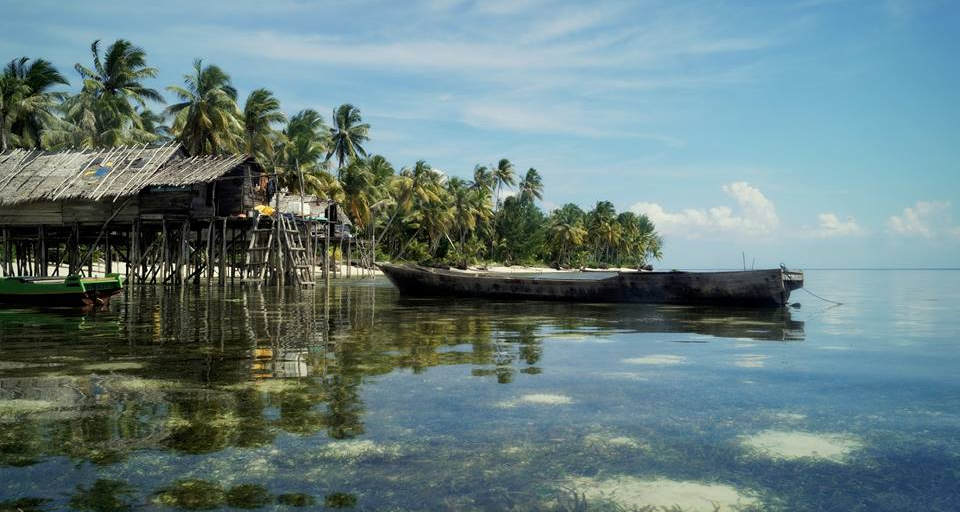- The remarkable bird life of the Wakatobi Islands, SE Sulawesi: hidden endemism and threatened populations - 10/07/2020
- The Bird Life of Wawonii and Muna Islands Part I: biodiversity recording in understudied corners of the Wallacea region - 30/06/2020
- Comparing the biodiversity and network ecology of restoredand natural mangrove forests in the Wallacea Region. - 09/12/2019
A big draw for those who study the natural world is the search for adventure – the chance to make a novel discovery, and to explore regions unknown to science. Despite that, in today’s world, such an opportunity rarely presents itself, and it is exceedingly rare to truly break new ground. However, in the summer of 2017 circumstances allowed a team of scientists from Trinity College Dublin (TCD), Halu Oleo University (UHO) and Operation Wallacea (Opwall) to venture to the remote, and scientifically unknown, Menui Island, in South-east Sulawesi, Indonesia. The expedition’s motive was to provide an account of the bird species present and their associating habitats. Our survey work, published in the latest issue of Forktail, found the island to be home to a unique avifauna and several important habitats, though these face serious threats from over-exploitation.
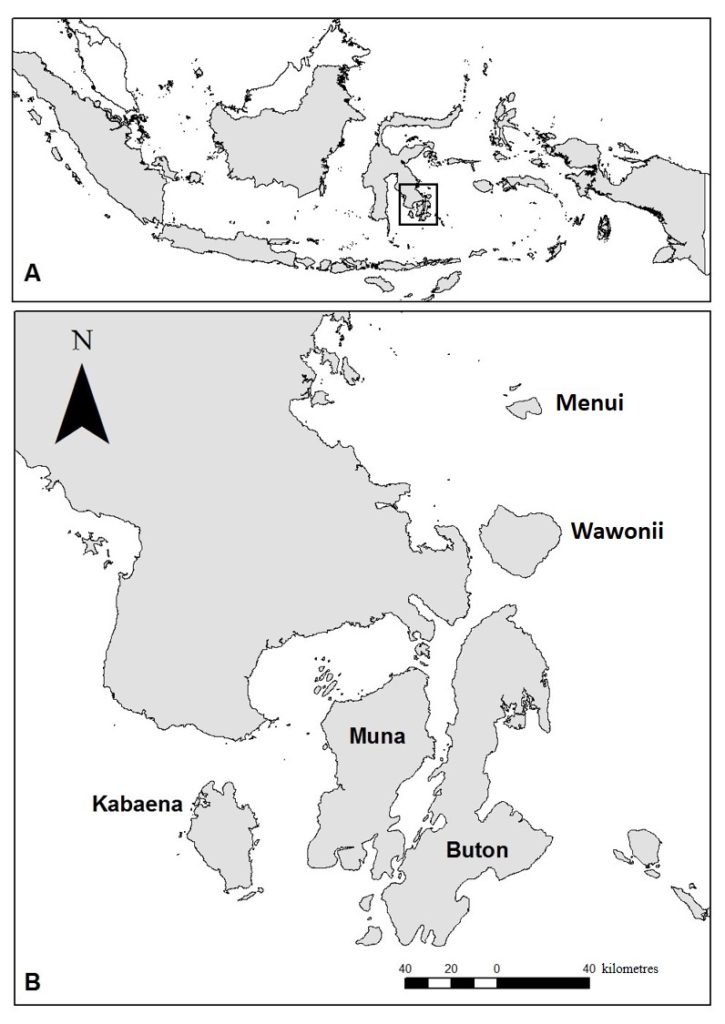
Scientists from TCD, UHO and Operation Wallacea have been conducting survey work in Southeast Sulawesi for nearly 20 years now, and in this time have managed to catalogue the bird communities of its many offshore islands, including Buton, Kabaena, Muna, and the Wakatobi archipelago. However, it was not until very recently that an expedition was able to visit the relatively small (c. 9,000 ha), isolated island of Menui, which lies approximately 53km off the coast of mainland South-east Sulawesi (Figure 1). Not only was this our research team’s first visit to the island but, unlike most of South-east Sulawesi’s other offshore islands, Menui was also overlooked by the numerous scientific expeditions that visited the region in the 19th and early 20th centuries. As such, Menui has been regarded as something of a ‘final frontier’ regionally as the bird community of this island remained almost entirely unexplored prior to our visit!
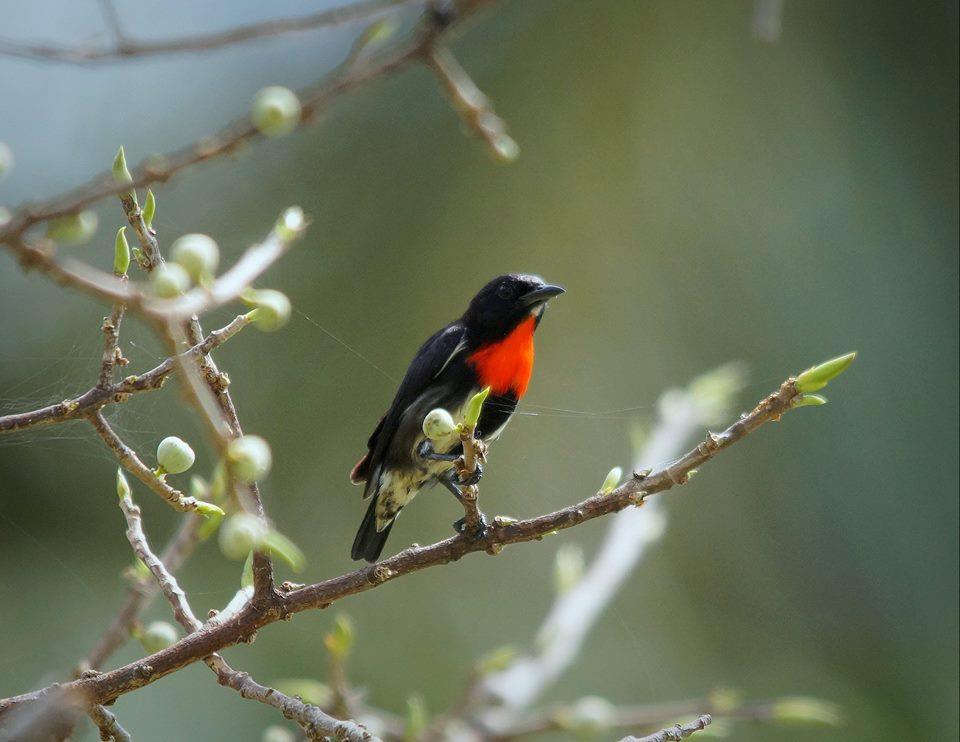
We visited Menui for nine days, running from 3rd-12th August 2017, taking the ferry from the nearby port city of Kendari. This certainly added to the sense of exploration: the tiny vessel only ran at night, with passengers stacked like sardines in a row, on either side of the chugging engine. The little wooden boat rocked violently, and our pile of kit bags was taken over by a vomiting passenger who made his bed amongst them! Safe to say, not the greatest night’s sleep was had! However, our destination more than made up for the journey. Menui is hard to match for natural beauty, seeming to specialise in rugged vistas, windswept vegetation, and stunning inland sinkholes filled with rich turquoise water and flurries of reef fish. We stayed in local communities around the island’s coast, enjoying the customary generous Indonesian hospitality. The villages effused the rich scent of drying cloves, a cash crop for many local residents, and the regional stone caused the buildings to radiate a dazzling white on cloudless days. During this time, we completed systematic mist-netting and point-count surveys to generate data for TCD’s long-running study on evolutionary processes within island populations of kingfishers, white-eyes and sunbirds, and also conducted as much general bird watching as possible in order to develop a comprehensive inventory of the island’s avifauna.
The early morning surveys uncovered a distinctive assemblage of bird species, which together produced a signature dawn chorus likely found nowhere else on earth. The soundscape was dominated by the pulsing calls of at least five species of doves seeming to rise up from beneath the rocks, whilst the fidgety whistles of the Sunbirds accompanied every shrub. The general cacophony was interspersed with guttural growls from Elegant Imperial Pigeons, and occasional flybys from Great-billed Parrots announcing their departure from nightly roosts.
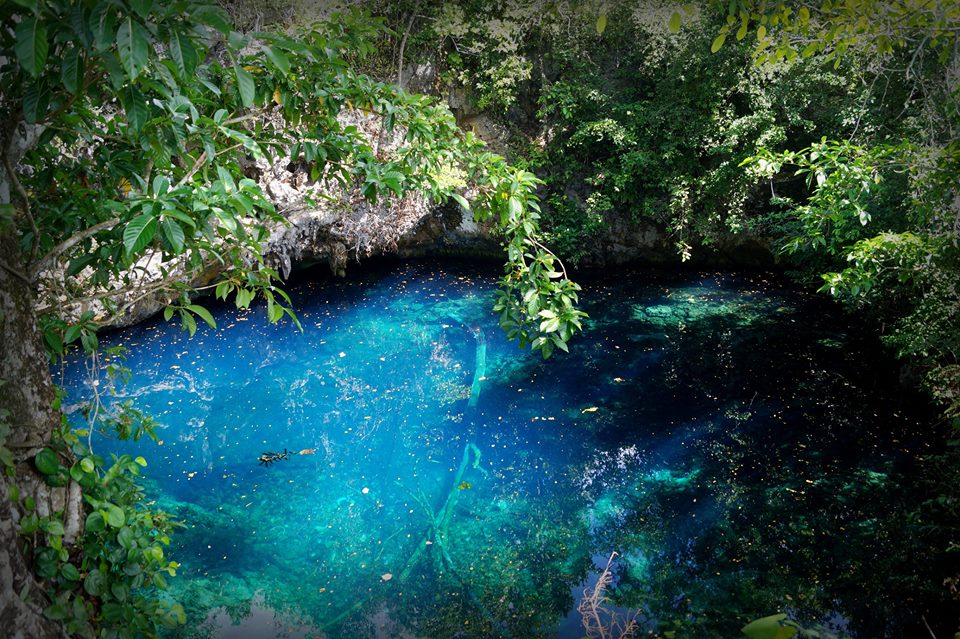
Although a relatively small island, working on Menui did present physical challenges. The island is comprised of karstic limestone and many of the scrub and forest habitats are underlain by sinkholes and jagged boulders, meaning that any off-road work was a tricky prospect! Boots were ripped apart by sharp projections and ankles were constantly tested for stability. However, this challenging terrain has some upsides. While much of the island has been cleared for agriculture, fields do not stay fertile for long, and many must be left fallow for years between bouts of cultivation. This has allowed dense scrub to regrow in many areas. Most importantly, about 25% of the island is covered in dense monsoonal dry forest, in the exceptionally rugged south-west of the island, where the jagged karst is uplifted into a series of nearly impassable ridges. This is an extremely rare and important habitat in the region. However, this forest is reachable by sea and buzzing chainsaws were a perpetual reminder of the threats it faces.
In total, we recorded 48 bird species on Menui. These included some particularly interesting records such as Black-faced Cuckooshrike (Coracina novaehollandiae), Metallic Starling (Aplonis metallica) and Moluccan Starling (Aplonis mysolensis). These are species with strong Australasian affinities that are otherwise only found in more eastern parts of the Wallacean biodiversity hotspot. These peculiar finds tie in with our discovery of the Peleng Cuscus (an arboreal marsupial) on Menui Island, >200km from its usual range. It may be that the prevailing strong North-easterly winds have brought these populations far out of their expected range, to isolated Menui Island. We also detected an extremely unusual Hanging Parrot (Loriculus sp.), appearing very similar to the Hanging Parrots found elsewhere in South-east Sulawesi except they have an orange, rather than red, forehead: http://bit.ly/2TZfMgh. It remains a mystery as to whether this is a strange colour morph of the common Sulawesi species, a displaced population of a species otherwise found in New Guinea, or something else entirely, and further research is necessary to uncover this enigma!
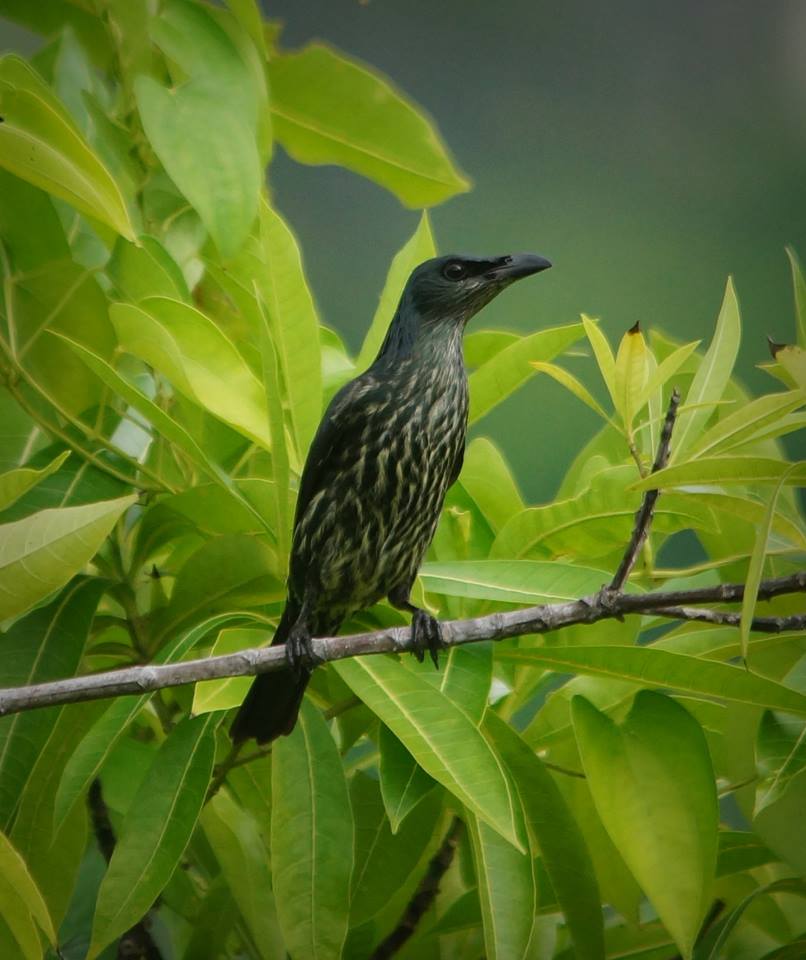
Our research has shown that Menui supports a diverse bird community, including species not found elsewhere in this part of Wallacea. However, our fieldwork also demonstrated that Menui faces several serious environmental issues. Growing populations and improved access to mainland markets are expediating deforestation on the island, including within the tracts of monsoonal dry forest that are so rare elsewhere in Southeast Sulawesi. We also found possible evidence that wild birds were being captured from Menui to be sold into the cage bird trade. It is our hope that our research will help highlight the regional importance of Menui’s biodiversity, and in turn this will lead to better legal protection for the island’s unique habitats.
By Darren O’Connell, Tom Martin and Joseph Monkhouse
To find out more read our full Forktail article: ‘The avifauna of Menui Island, south-east Sulawesi, Indonesia’
Acknowledgements
Thanks to TCD, Halu Oleo University and Operation Wallacea
for facilitating, planning and providing logistical support for this research.
A big thanks to Kementerian Riset Teknologi Dan Pendidikan Tinggi (RISTEKDIKTI)
for providing the necessary permits and approvals for this study
(159/SIP/FRP/E5/Fit.KIVII/2017 and 160/SIP/FRP/E5/Fit.KIVII/2017).
Photo credit Joseph Monkhouse

